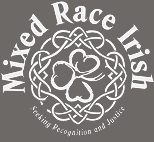
Drawing on materials from our mutual collections alongside new research, we hope in this exhibition to provide an insight into the presence and experiences of mixed race Irish families in Britain, the range of social reactions towards them, and the social contexts in which they lived. By creating an Irish perspective within the history of racial mixing in Britain, we seek to further highlight the longstanding diverse history of Britain itself.
Swipe left to read on




Early accounts of people of colour and racial mixing
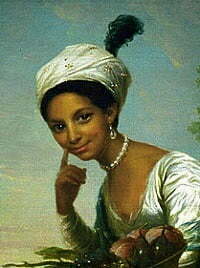

Sending mixed race children to Ireland


Mir Aulud Ali; the 'Irish Negroes'
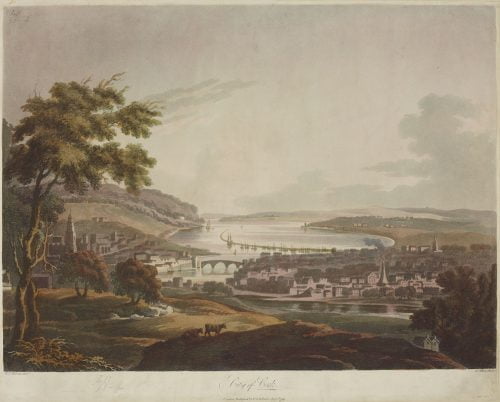

Potential histories of mixedness
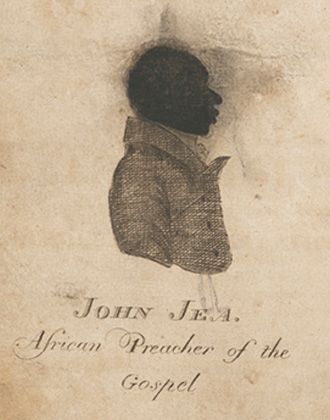



The formerly enslaved African preacher and his Irish wife, Mary


The Indian-Irish entrepreneurs


The circus performer and the priest


Tony and Julia Small; William G. and Mary Allen


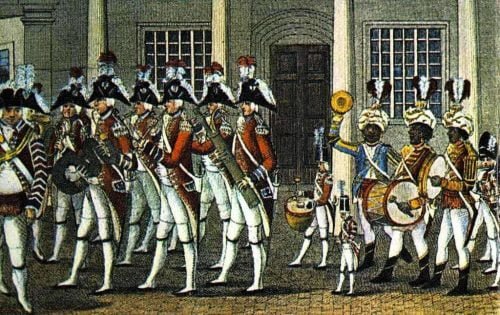

A longstanding history
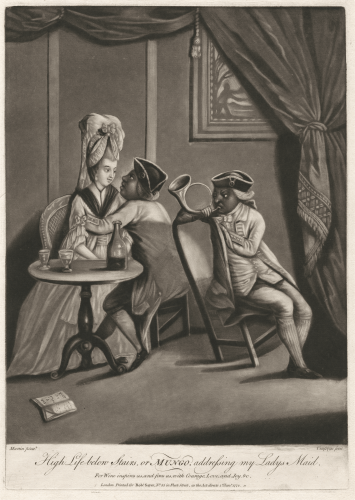

Not such an unfamiliar sight
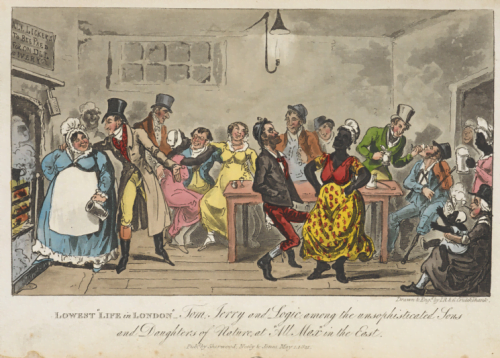

London and Liverpool


A spectrum of views


The Irish-Jamaican revolutionary couple




Attitudes towards racial mixing
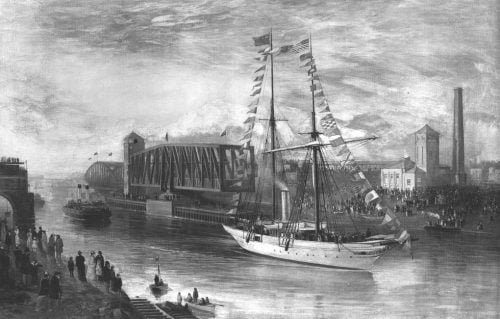

Early twentieth century life


The Black Mayor of Battersea


Resentment, recrimination and violence in Britain's portside communities
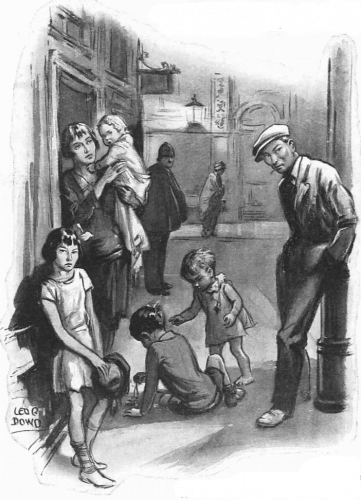

Overlooked histories


Prejudice and stigmatisation


Sailors, students, professionals
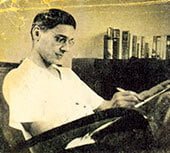

Aubrey Menin, Johnny Sadiq and Pat Cross
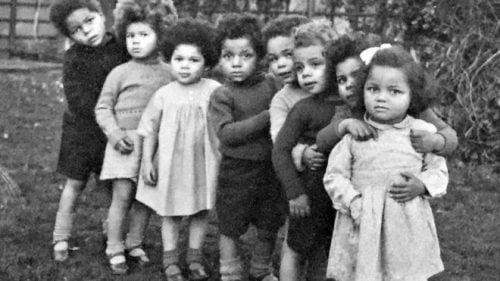



An initial lessening of public interest


New narratives, old attitudes: the problematising of the children of Black GIs and white British women
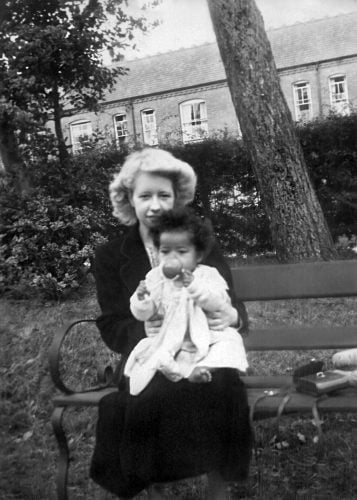

Not just GI babies: Elizabeth Anionwu
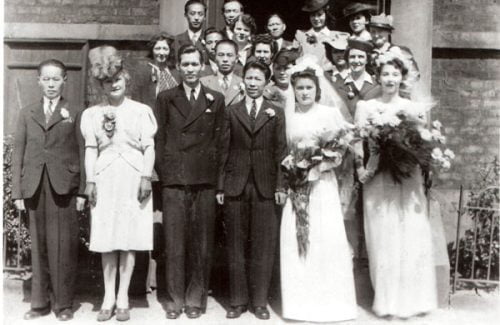

The forced disintegration of families in Liverpool
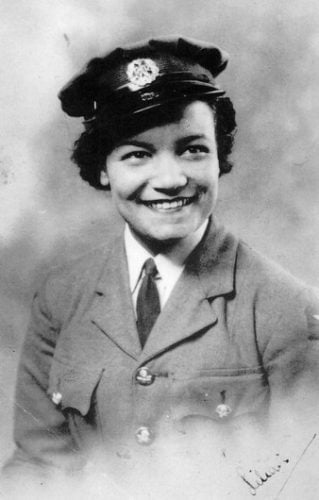

One of the first Black women to join the British Armed Forces
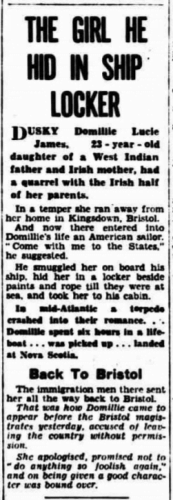

Children from the 1920s and 1930s grow up


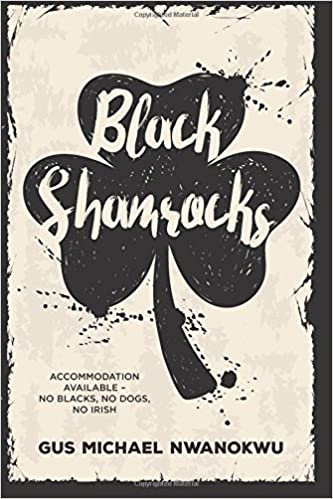

Philomena Lynott, Gus Nwanokwu and Kit de Waal


Dolores Mantez and Kenny Lynch
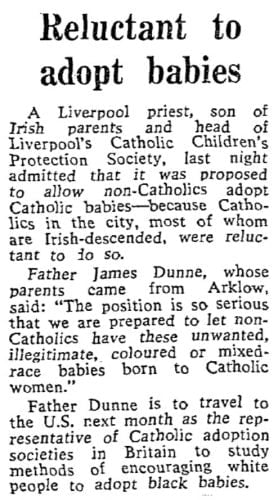

In the years after the ‘Brown Babies’ scandal, the issue of mixed race children in care would continue to become a topic of public debate. Due to the continuing moral condemnation of illegitimacy and racial mixing that carried into the post-war years, a disproportionate number of mixed race children – including those born to Irish […]




Racism and daily life in the 1970s and 1980s


A blackface portrayal of an Irish-Pakistani
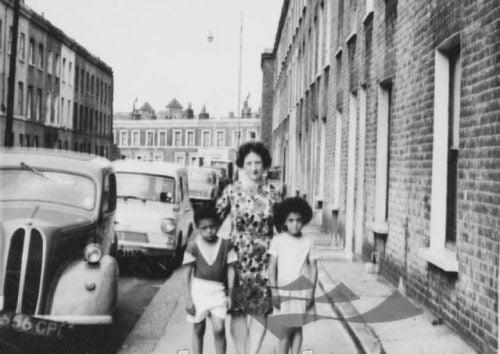

Gabriel Gbadamosi, Jenneba Sie-Jalloh and Second Generation Irish


The Mancunian nightclub with a mixed race clientale


A British boxing champion
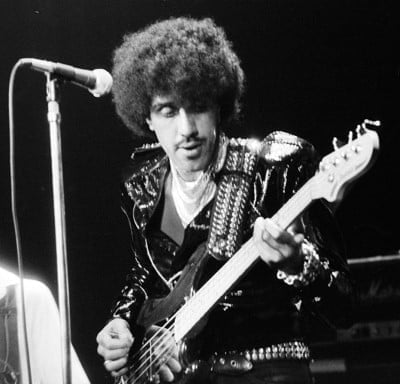

The Thin Lizzy frontman of Irish and Guyanese heritage
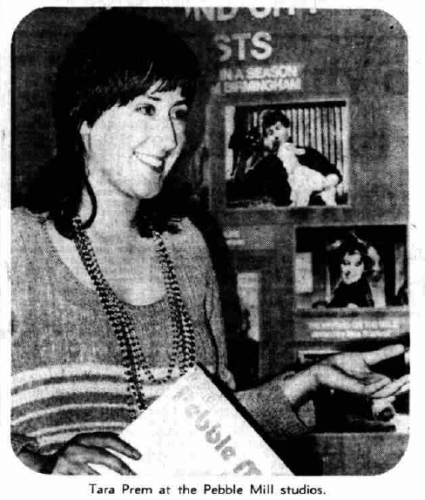

A pioneering television producer
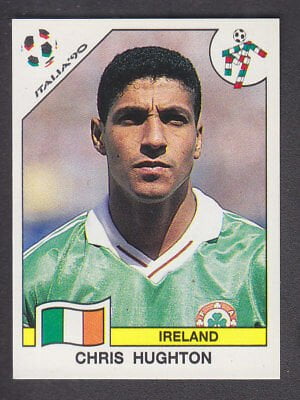

The first black footballer to play for Ireland
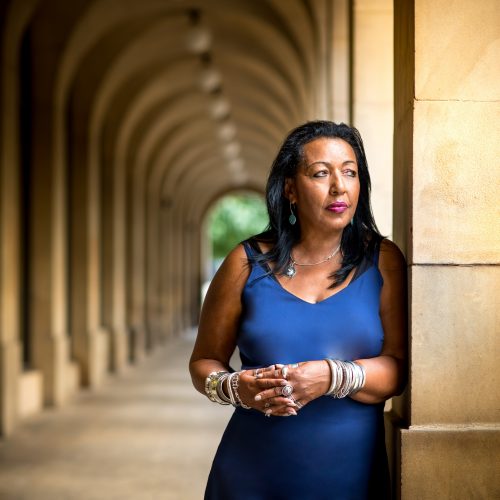



Poetic performance of a mixed race family history
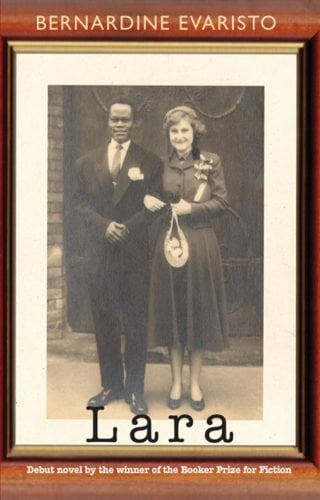

Semi-autobiographial depiction of a racially mixed English-Nigerian-Brazilian-Irish family over 150 years


Award winning semi-autobiographical depiction of transracial adoption


Phil Babb, Terry Phelan, Kanya King
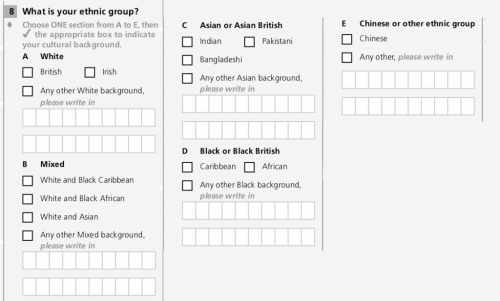

Mixed race Irish families in official statistics


Born of curiosity and passion, this is a small project undertaken in a very short period of time which at times raises more questions than it can answer.


This exhibition is a colloboration between AMRI and The Mixed Museum with funding provided by the Government of Ireland Emigrant Support Programme.
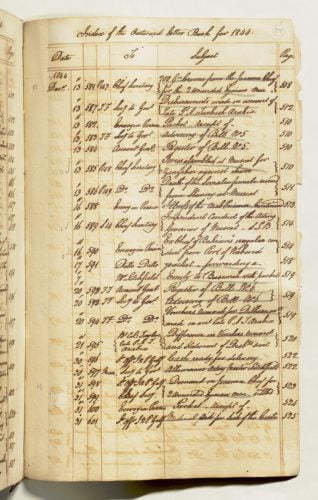

Index of all panels shown in this exhibition
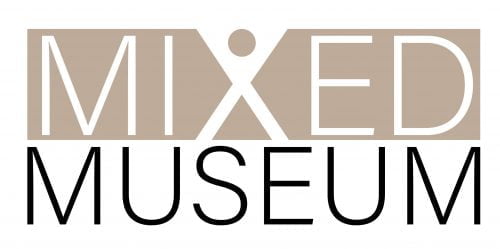

We hope you enjoy the exhibition. If you have any comments or queries, please feel free to contact us


